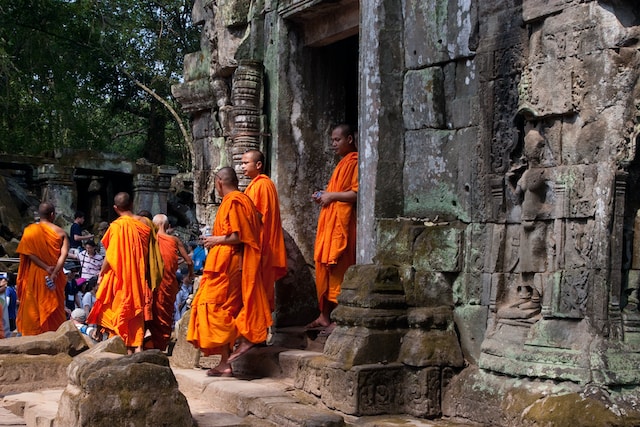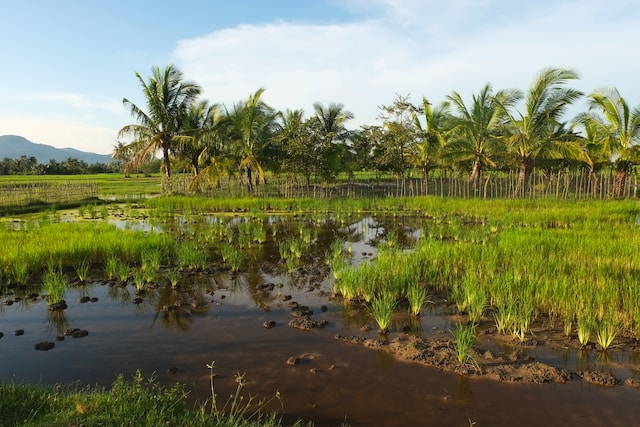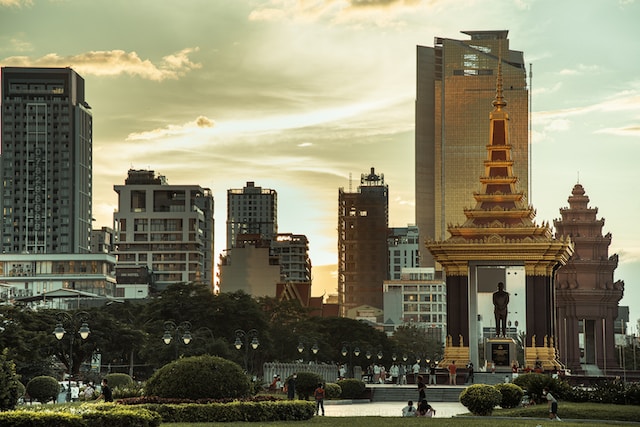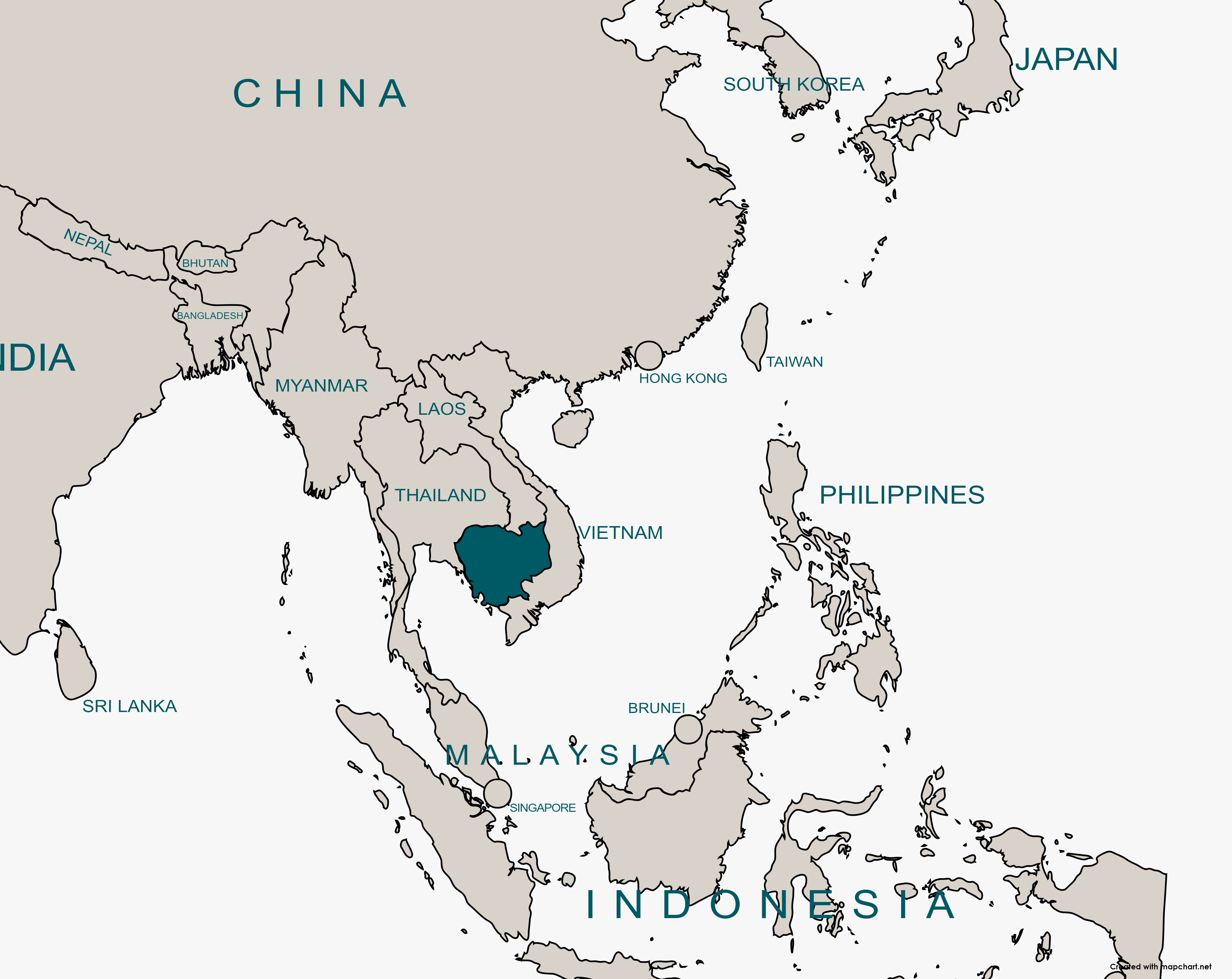Angkor Wat: Recognized as a UNESCO World Heritage Site, the Angkor Archaeological Park encompasses numerous temple ruins, including Bayon, Banteay Srey, and the iconic Angkor Wat. Its artistic and archaeological significance, as well as its visual impact, place it in the same league as renowned wonders like the Pyramids, Machu Picchu, and the Taj Mahal.
Battambang: Exuding a more relaxed atmosphere and nestled amid picturesque countryside, Battambang is an excellent place to explore cultural villages and witness the traditional production of rice paper, prahoc (a typical Cambodian fish paste), and grolan (sticky rice stuffed in bamboo). Preserving beautifully crafted French colonial architecture and offering delightful cuisine, this town is certainly worth a visit.
Phnom Penh: Phnom Penh, once known as the "Paris of the East," is currently undergoing a remarkable renaissance, with a proliferation of new restaurants, cafés, boutiques, and hotels. Nevertheless, much of Phnom Penh retains its timeless charm, making it one of the few cities where the ambiance of old Indochina endures. The riverside promenade remains the favored locale for a plethora of restaurants and bars.
Siem Reap: Nestled amidst rice paddies and stretched along the Siem Reap River, the charming provincial capital of Siem Reap Town serves as the gateway to the ancient temple ruins of the Khmer Empire, which are a millennium old. The town itself is a cluster of historic villages, initially forming around individual pagodas and later enriched by a French colonial-era center.
Tonle Sap Lake: Tonle Sap, often referred to as "The Great Lake," serves as the lifeblood of Cambodia, sustaining millions of people. This immense lake boasts the world's highest fish population and is a habitat for a diverse array of bird species, making it a remarkable natural wonder.
When to go
Cambodia is best visited during the dry season from December to April, when sunny days and lower humidity make for ideal travel conditions. The rainy season, from May to November, brings high humidity and frequent downpours transforming the countryside into lush green landscapes. Temperatures are warm year-round, typically hovering in the low to mid-30°C range, regardless of the season.
Useful information
Currency: Cambodian Riel (KHR); however, the US Dollar (USD) is widely accepted and commonly used.
Language: Khmer is the official language, though English is widely spoken in tourist areas.
What makes it special: Cambodia captivates with the ancient majesty of Angkor—home to world-renowned temples like Angkor Wat, Ta Prohm, and Banteay Srei. Its rich spiritual heritage is felt in the presence of saffron-robed monks and centuries-old Buddhist practices. Beyond the temples, visitors can enjoy palm-fringed beaches in Sihanoukville, floating villages on Tonle Sap Lake, and the genuine warmth of the Cambodian people.
Social customs: Theravada Buddhism shapes Cambodian culture and social behavior. Respect, hierarchy, and calm demeanor are important. Greetings are typically made with a slight bow and hands pressed together in a “sampeah.” When visiting temples or homes, dress modestly and remove shoes before entering. Public displays of affection are frowned upon, and it’s polite to observe local customs before engaging.




